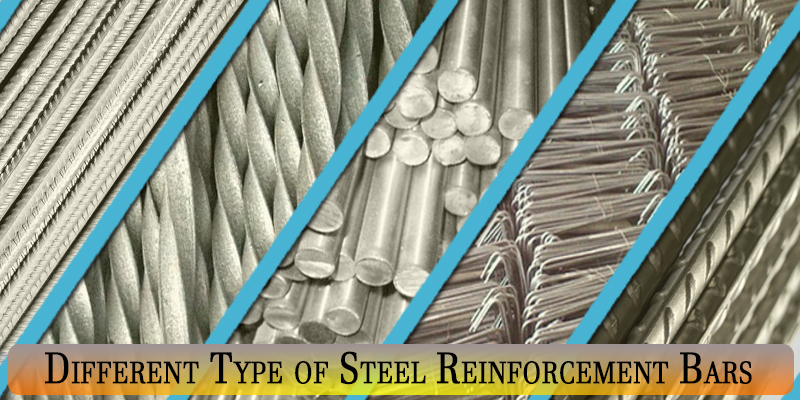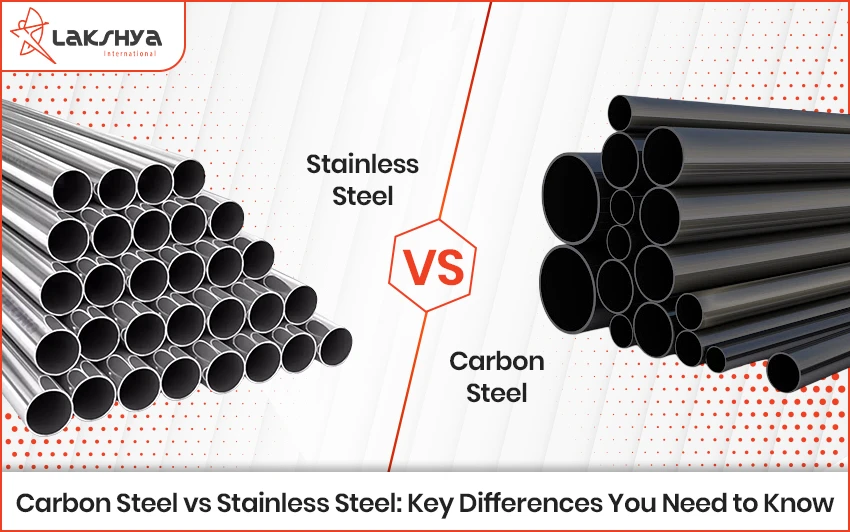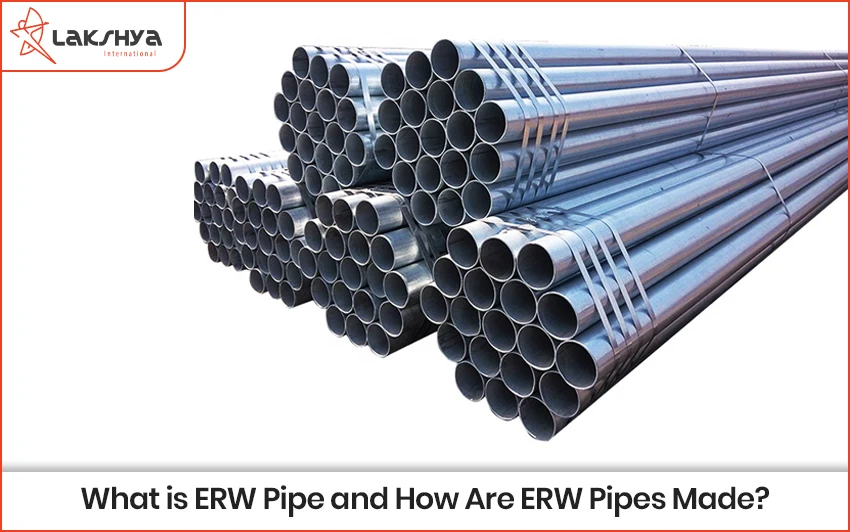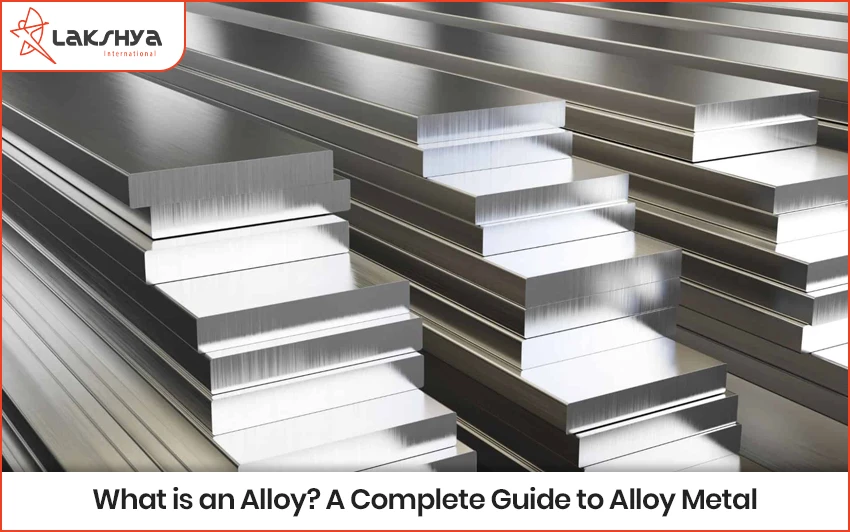Introduction
Concrete structures use a variety of steel bar kinds. The concrete structure is strengthened with reinforced steel bars, ensuring its durability.
Concrete is made using 5 different types of steel reinforcement bars.
Hot Rolled Deformed Bars
Cold Rolled Steel Bars
Mild Steel Bars
Twisted Steel Bars
Welded Steel Wire
Hot Rolled Deformed Bars
Thermo mechanically treated bars, or TMT Bars, are another name for hot-rolled deformed bars. TMT Bars are frequently utilized in RCC (Reinforced Concrete Structure) because of their exceptional tensile strength. Better bonding in cement concrete is made possible by the ribs on TMT Bars. The tensile strength of the highest quality TMT Bars is 64000 psi (PSI – Strength of Concrete is measured in pounds per square inch).
Cold Rolled Steel Bars
Despite being produced at room temperature, cold-rolled steel bars resemble hot-rolled bars in appearance. These bars have weak construction and are easily bendable. Although they are still used in some construction that doesn’t require considerable tolerance, cold-rolled bars are nearly completely off the market. Tensile strength on it is up to 60000 psi.
Mild Steel Bars
This bar comes in a round shape without any ribs and with a plain surface. RCC uses mild steel bars for things like beams and slabs. Up to 40000 psi of tensile strength is available. Mild steel bars are utilized in modest projects with tight budgets since they do not bond well with concrete and are of poor quality.
Twisted Steel Bars
Prestressing tendons are another name for twisted steel bars. These are a strand of nearly seven distinct wires that have been woven together. The high tensile strength of twisted steel bars reaches 270000 psi. These are mostly utilized on scaffold braces for prestressing reinforced cement concrete. It is plausible because of its strong tensile strength.
Welded Steel Wire
Weldmesh makes of welded steel wires. Medium tensile strength is produced. These are employed as fencing, partitions, etc. It is commonly used in specific building segments because it is more readily available in a variety of diameters and has more strength than a mild steel bar.
Knowing that thermomechanically treated (TMT) bars are commonly used due to their high tensile strength is crucial. TMT Bars are sufficiently flexible in addition to offering strength. Due to this, it provides the best protection possible during any natural disaster, such as an earthquake, flood, etc. TMT Bars have a lower carbon content than other types of steel, which makes them extremely corrosion resistant and less prone to fatigue.
According to IS Standards, TMT Bar in the Fe 500d grade provides the ideal balance of strength & flexibility. It is therefore highly suggested for construction-related purposes.
Read More :
A Look into the Process of Galvanizing Steel Pipes: Galvanized iron pipes are used for a lot of practical things, like moving water, farming, phone lines, and plumbing. Galvanized iron pipes can be used both inside and outside because they are strong and don’t rust.
How to Prevent Corrosion on Steel Railings: A popular and widely used approach for protecting steel railings against corrosion is to apply a protective zinc coating to them. Right now, you’re probably wondering why the steel railings are zinc-coated.




